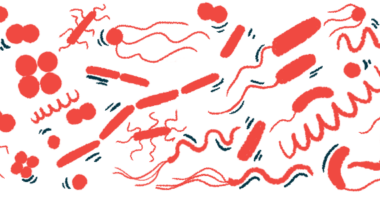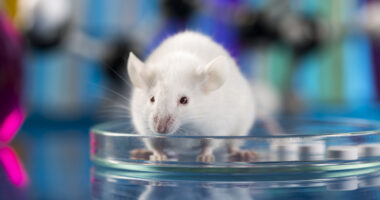Guidelines Needed to Clarify Microbiota’s Role in Sjögren’s, Review Finds

People with Sjögren’s syndrome appear to have imbalances in their oral and gut microbiota relative to healthy individuals, but studies to date provide inconsistent results so that clear conclusions cannot be drawn, a review study reports.
Notably, the lack of standardized methodology and appropriate control groups may be behind this variability, making comparisons challenging.
Available data also suggest that people with dry eye and/or dry mouth without a Sjögren’s diagnosis may be a more appropriate control group than healthy individuals.
These findings highlight the need for guidelines in studies of microbiota and their role in Sjögren’s, the researchers noted.
The review study, “Healthy Patients Are Not the Best Controls for Microbiome-Based Clinical Studies: Example of Sjögren’s Syndrome in a Systematic Review,” was published in the journal Frontiers in Immunology.
The human microbiota consists of a vast and highly varied community of bacteria, fungi, and viruses that live in the body in relative harmony. For instance, the gut microbiota helps to maintain a balanced gut function, protect against disease-causing microorganisms, and influence the host’s immune system.
A healthy balance of the body’s microbiota depends on environmental factors such as diet, age, exposure to microorganisms, and antibiotic therapy. A microbiota imbalance, known as dysbiosis, has been shown to trigger or worsen a number of health conditions, ranging from gastrointestinal problems to inflammatory and autoimmune diseases.
Sjögren’s syndrome is an autoimmune disease characterized by abnormal immune attacks against the body’s secretory glands, mainly the tear and salivary glands — lowering tear and saliva production and leading to dry eyes and mouth, also known as sicca symptoms.
Several studies have reported that an abnormal immune response against the microbiome contributes to the initiation of Sjögren’s autoimmune responses. Accordingly, it has been hypothesized that “gut and oral dysbiosis may contribute to the development of primary Sjögren’s syndrome (pSS),” the researchers wrote.
Whether microbiota imbalance is a consequence of sicca symptoms, such as reduced salivary flow, or part of the underlying causes of the disease, however, remains unclear.
A team of researchers in France systematically reviewed published studies, from January 2000 through June 2020, that compared the oral and gut microbiota of Sjögren’s patients to a control group.
From a total of 289 hits, 45 studies were accessed for eligibility, and 18 of them were included in the analysis. A total of 13 studies reported data on oral microbiota, four on gut microbiota, and one on both sites.
These studies included 330 primary Sjögren’s patients with information about their oral microbiota and 120 with data on their gut/fecal microbiota, compared with a large number of controls.
The control group, most often, was one of healthy volunteers, followed by people with sicca symptoms but without a Sjögren’s diagnosis (sicca patients). One study compared data from primary Sjögren’s patients with secondary Sjögren’s patients, and another with people with lupus, also an autoimmune disease.
Results were mostly variable, with several studies reporting lower bacterial diversity in both oral and gut microbiota among Sjögren’s patients, and others finding the opposite or no significant differences between patients and controls.
As such, “it is currently impossible to make certain conclusions about dysbiosis in pSS,” the researchers wrote, adding that the high variability among results “might be explained by the lack of a standardized methodology at each step of the process, from sampling to the bioinformatics process.”
While several influencing factors, such as sex, age, and recent antibiotic intake, were considered in most studies, other factors such as smoking status, medication intake, and dental status were not always assessed.
Also, oral samples were collected through either buccal swabs, oral washing, or from either unstimulated or stimulated saliva. Notably, buccal swab techniques vary and may involve different regions of the oral cavity, each of which has a specific microbiota.
Guidelines for the gut microbiota “have been published to harmonize fecal evaluation but were not applied in the included studies and cannot be transposed to the oral microbiota,” the team wrote.
Methods of data analysis also varied among the studies, and the most commonly used, called 16S-targeted metagenomics, can be based on different genetic regions and fail to assess fungi communities.
Still, the researchers noted that including studies comparing Sjögren’s patients with people with sicca symptoms was a strength of this review. Sicca patients seem to represent a more appropriate control group to assess the effect of Sjögren’s itself on microbiota, as it eliminates the effects of lower production and flow of saliva, which contains antimicrobial components.
Indeed, data suggested that “reduced salivary secretion explained more microbial changes than the underlying disease,” and that “sicca patients seem to be more relevant than healthy subjects as a control group,” the researchers wrote.
The team also emphasized that guidelines for microbiota studies are needed to ensure that future studies use more standardized methods to allow clearer conclusions to be drawn on microbiota’s role in the development of primary Sjögren’s.







